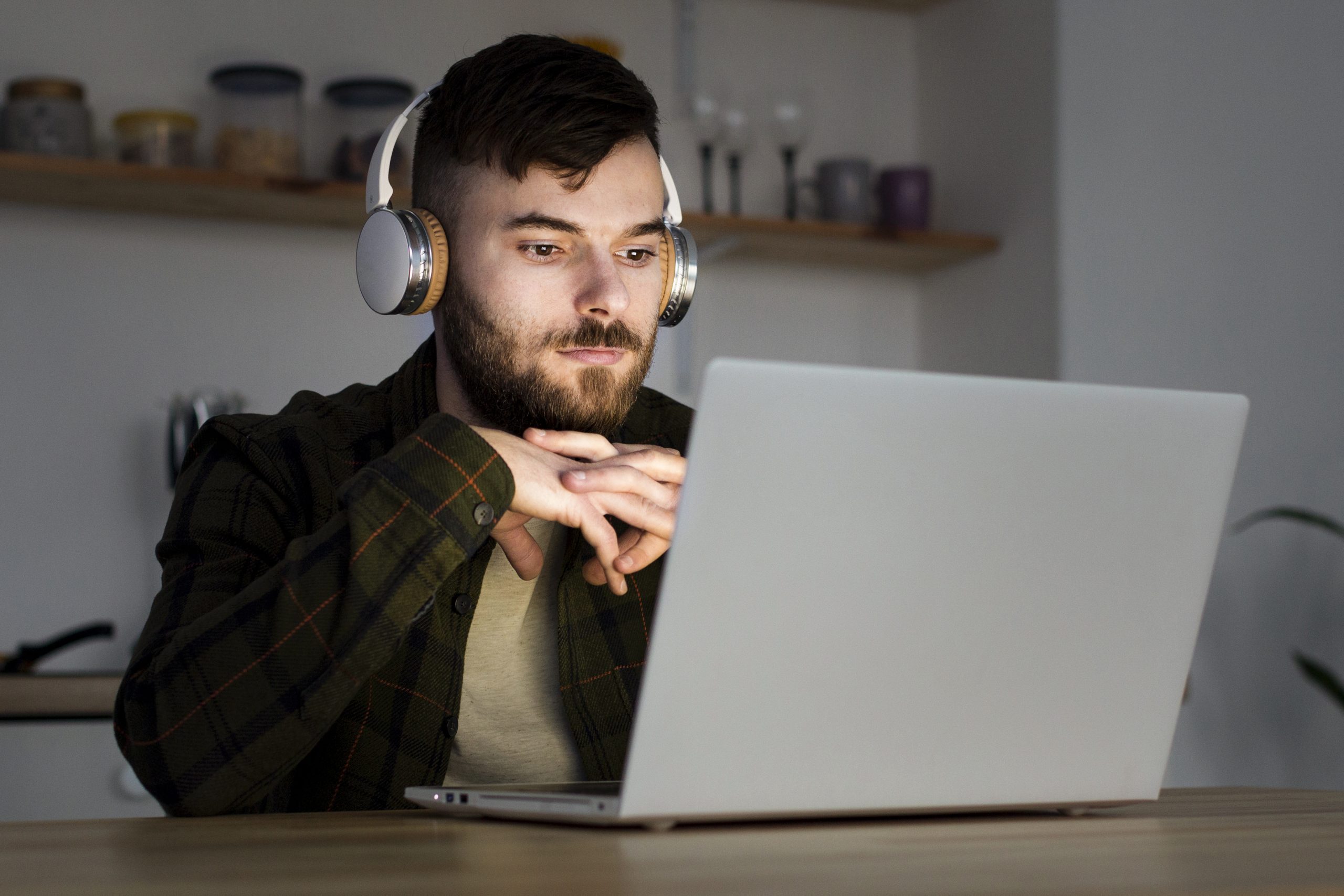Whitepapers have long been hailed as an indispensable tool for B2B marketers and an important part of your marketing arsenal. Originating as a traditional, academic report in higher-education settings, marketers swiftly leveraged them to become a lead generating magnet. Simultaneously helping to establish brands as credible and authoritative industry-leaders within B2B sectors.
Whitepapers remain the longest form of content you can create. They are more formal and are backed by research and offer an in-depth analysis into a specific industry topic or problem – typically signposting the reader to the solution at the conclusion.
But, with brands experimenting more and more with short-form content; the rise of snappy posts and videos; and an ever-decreasing audience attention span, it begs the question…
What value does a whitepaper still hold in the current digital landscape?
✔ Credibility and Authority: Whitepapers are synonymous with expertise and thought leadership. Businesses can demonstrate their industry knowledge and establish credibility among their target audience by educating them about a topic, challenge or solution in their industry.
✔ Lead Generation: Well-crafted whitepapers that are strategically promoted continue to be effective lead magnets. By offering valuable insights and solutions, businesses can attract quality leads interested in solving specific problems.
✔ Sales Team Resource: Whitepapers can act as an additional resource for your sales team when speaking with prospects – allowing them to offer an interesting and valuable piece of content to further move prospects down the funnel.
✔ Long-Term Value: Unlike blogs or social media posts, whitepapers have a longer shelf life. They can serve as evergreen resources that continue to attract and engage prospects long after their initial publication. Your whitepaper can be the cornerstone of your marketing strategy and approach for the next 6-12 months if strategically curated and promoted effectively.
Whilst it is true that content types have diversified because of the audience’s preference for bite-sized, easily digestible content, the benefits you can achieve with a cutting-edge, thought-provoking whitepaper highlight that they still hold a well-deserving place in modern marketing strategies. But they must be written and promoted effectively, and with relevancy, with the audiences’ changing behaviours and preferences in mind.
So, how can businesses navigate this shift?
- Interactive Elements: Incorporating interactive elements such as quizzes, calculators, or assessments can make whitepapers more engaging for modern audiences.
- Visual Enhancements: Integrating attractive and creative visuals like charts, graphs, and infographics can break up dense copy and make complex information more comprehensive and retain the reader’s attention span.
- Ongoing Promotion: Your marketing activity to promote your whitepaper is equally, if not more important than the content piece itself. A strong, digital marketing strategy that is aligned to your audiences’ preferences will ensure optimum opportunity for lead capture and downloads.
- Focus on your Audience: Will they download and read a whitepaper? Can you offer valuable insights and information that provide them tangible solutions and next steps? The whitepaper has to go above and beyond just promoting your brand or service – it needs to be a content piece that they will find interesting and valuable.
The digital marketing landscape is constantly transforming, yet whitepapers hold their ground as a pivotal resource for businesses aiming to cement their status as thought leaders, educate their audience, and drive lead generation through effective creation and promotion.
As we navigate through this evolution, it’s clear that while the environment and our audiences are constantly developing, whitepapers are far from dead and remain highly relevant. To stay alive, however, they must adapt to keep pace with these ongoing developments.
Opinion piece by Account Director, Jess House
Did you know we offer a comprehensive whitepaper campaign package, that actually delivers results?
Expertly crafted to drive downloads and gather critical prospect data, our service includes concept creation, the whitepaper itself, data purchase, direct mail, and the core components of a successful campaign: email, social, paid social, phone outreach, and dedicated account management. Benefit from regular reporting and a segmented database of your target audience to track engagement levels, including whitepaper downloads.
Contact us today to discover how our tailored whitepaper campaign can generate leads and grow your business.


















